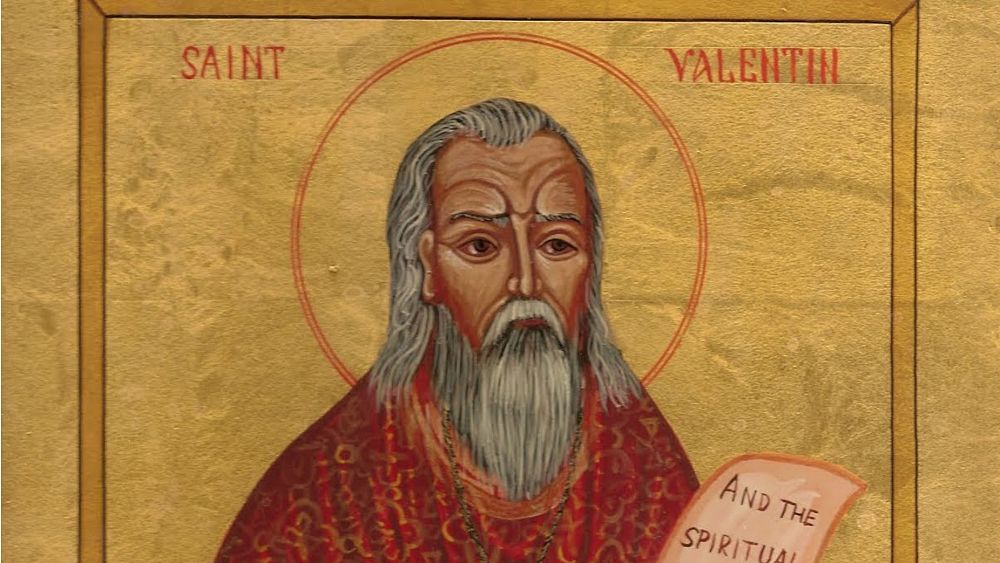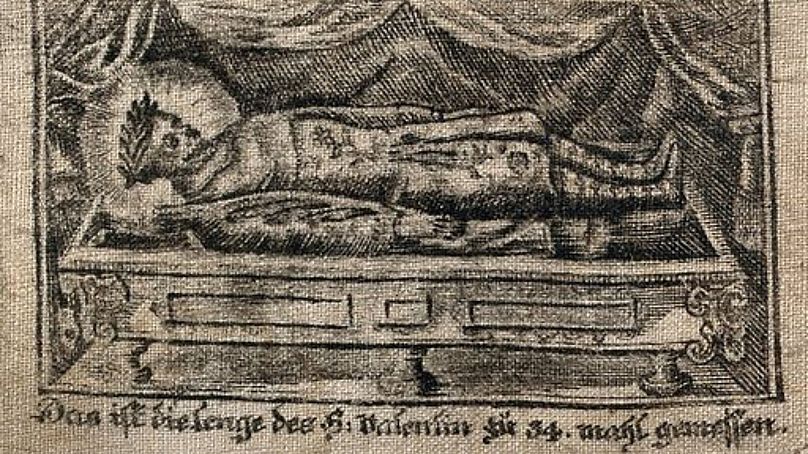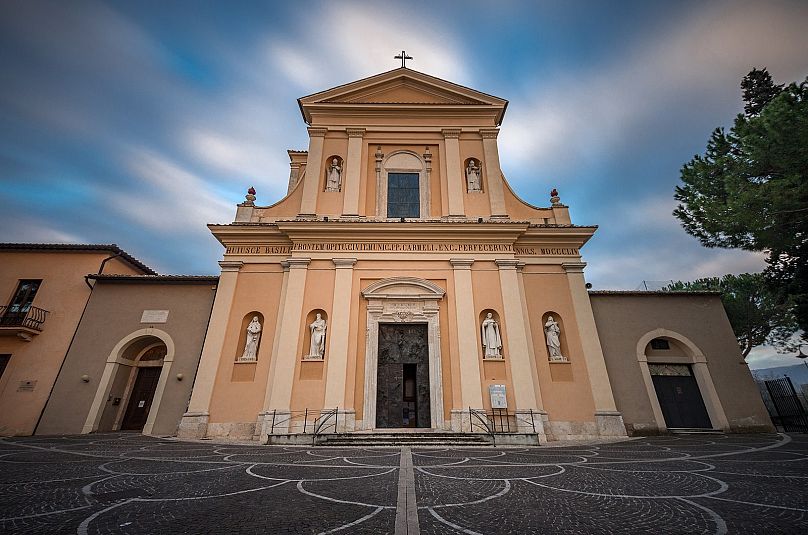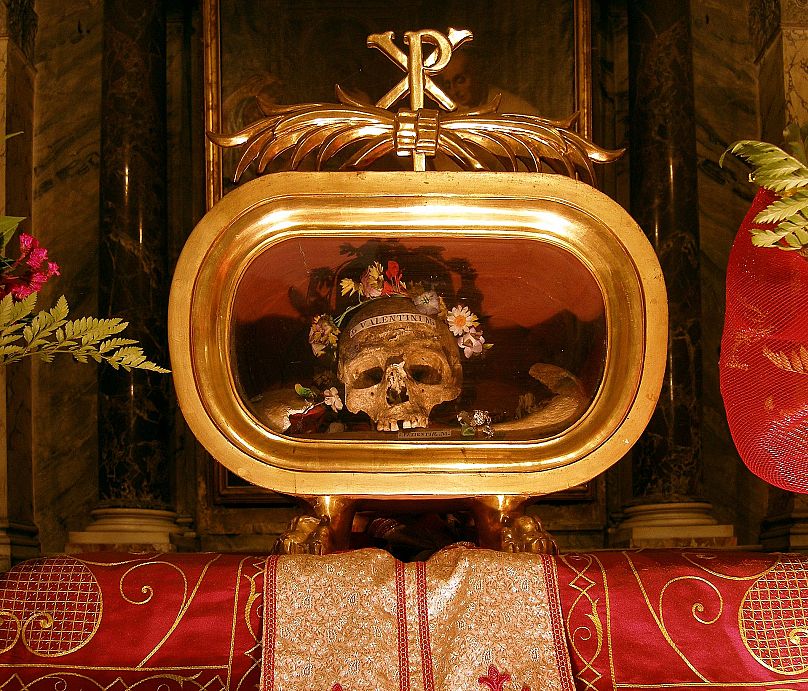
Ah, Valentine’s Day!
The holiday of hearts, roses, chocolates and romance, celebrated every year on 14 February, all in the name of St. Valentine.
But have you ever wondered where this tradition came from? And who this mysterious saint was?
Well let’s just say the origin story is a little muddled and there are various different theories on who he truly was.
Although officially recognised by the Roman Catholic Church, and widely agreed to have been a real person who lived in the third century AD, all that is known for certain about Saint Valentine is his name, and that he was martyred and buried on 14 February on the outskirts of Rome.
By some estimations there are over 10,800 saints, of which there are more than 30 Valentines and even a few Valentinas.
But there are two Valentines that stand out in particular as likely candidates for the origins of the lovey-dovey tradition we have today.
Due to many similarities, some researchers have speculated whether the two Valentines were in fact the same person.
Let’s take a look.
A priest from Rome or a bishop from Terni?

Some believe Saint Valentine was a Roman priest who lived around the year 270 A.D. Others believe he was a Christian bishop who lived in a small town called Terni, in Italy.
Both stories involve Emperor Claudius II, who at the time issued a decree banning marriages, believing that married men made poor soldiers, due to the attachment they shared with their families and loved ones.
To popular belief however, Valentine defied the emperor’s order and continued to perform marriages for young couples in secret, but he was eventually caught, imprisoned and sentenced to death.
While behind bars, Valentine fell in love with the jailer’s daughter, whom he had befriended and healed from blindness (quite literally love at first sight). Before he was executed on 14 February, he wrote her a letter signed «from your Valentine.»
This expression of love is said to have started the tradition of sending Valentine’s Day cards.
According to alternative theories, Valentine might have been put to death for his attempts to aid Christians in escaping the brutal conditions of Roman prisons, where they were frequently subjected to physical abuse and torment.

Today, the town of Terni celebrates Saint Valentine as its patron saint, and it is believed that his relics are housed in the Basilica of Saint Valentine, a church in the town.
The church is a popular pilgrimage site for lovers and couples, who come to pray for the intercession of Saint Valentine in their relationships.
Tourists can also find the flower-crowned alleged skull of St. Valentine exhibited in the Basilica of Santa Maria in Cosmedin, Rome.

When did Valentine’s Day begin to be celebrated around the world?
The origins of Valentine’s Day are debated, as some believe it was chosen to commemorate the death of Saint Valentine in the middle of February, while others argue it was placed in mid-February by the Christian church to replace the pagan festival of Lupercalia.
Lupercalia was celebrated on 15 February and was a fertility festival involving the sacrifice of a goat and a dog, whose hides were used to gently slap women and crops in the belief it would increase fertility.
Later, bachelors would choose a woman’s name from an urn, and the couples would be paired for the year, often leading to marriage.
Some theories suggests that the celebration of Lupercalia was brought to a halt by Pope Gelasius during his reign in the latter part of the fifth century. Following this, the Catholic Church designated 14 February as a day of feasting, otherwise known as ‘The Feast of Saint Valentine’.
Jack B. Oruch, a professor at the University of Kansas believes that it was an English poet Geoffrey Chaucer who was the first person to link Valentine’s Day with romance in his poem ‘The Parlement of Foules’.
In the poem he writes: «For this was sent on Seynt Valentyne’s day / Whan every foul cometh ther to choose his mate.»
But this could also suggests that Valentine’s Day was already associated with the idea of choosing a mate or a partner, and Chaucer was simply building on this tradition in his poem.
Evidently, the origins of Valentine’s Day remain extremely muddled and confusing.
But one thing is clear: whether you’re single, taken, or somewhere in between, Valentine’s Day is great excuse to eat copious amounts of chocolate.
